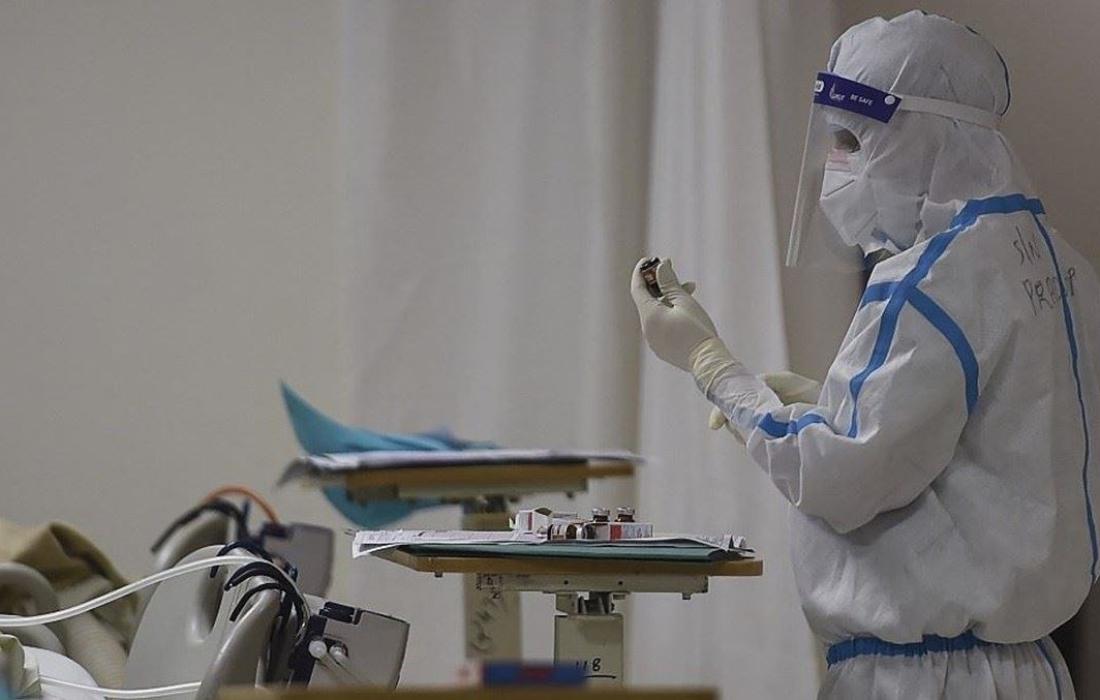
- Background There is emerging evidence suggesting a link between ambient heat exposure and Chronic obstructive pulmonary disease (COPD) hospitalisations. Individual and contextual characteristics can affect population vulnerabilities to COPD hospitalisation due to heat exposure. This study quantifies the effect of ambient heat on COPD hospitalisations and examines population vulnerabilities by age, sex and contextual characteristics. Methods Individual data on COPD hospitalisation at high geographical resolution (postcodes) during 2007-2018 in England was retrieved from the small area health statistics unit. Maximum temperature at 1 km×1km resolution was available from the UK Met Office. We employed a case-cross over study design and fitted Bayesian conditional Poisson regression models. We adjusted for PM2.5, O3, relative humidity and national holidays, and examined effect modification by age, sex, green space, average temperature, deprivation and urbanicity. Results After accounting for confounding, we found a 0.52% (95% Credible Interval 0.22% to 0.84%) increase in the hospitalisation risk for every 1oC increase in the lag 0-2 temperatures above 23.8oC. We reported weak evidence of an effect modification by sex and age. We found a strong spatial determinant of the COPD hospitalisation risk due to heat exposure, that was alleviated when we accounted for contextual characteristics. Assuming a causal effect, 6 280 (95% CrI 3 441 to 8 993) COPD hospitalisations were attributable to heat exposure. Conclusion Our study suggests that resources should be allocated to support the public health systems, for instance through developing or expanding heat-health alerts, to challenge the increasing future heat-related COPD hospitalisation burden.
- Competing Interest Statement
- The authors have declared no competing interest.
- Funding Statement
- G.K. is supported by an MRC Skills Development Fellowship [MR/T025352/1]. M.B. is supported by a National Institutes of Health, grant number [R01HD092580-01A1]. Infrastructure support for this research was provided by the National Institute for Health Research Imperial Biomedical Research Centre (BRC). A.G. is supported by the Medical Research Council-UK (Grant ID: MR/R013349/1), the Natural Environment Research Council UK (Grant ID: NE/R009384/1) and the European Union's Horizon 2020 Project Exhaustion (Grant ID: 820655). The work was partly supported by the MRC Centre for Environment and Health, which is funded by the Medical Research Council (MR/S019669/1, 2019-2024). J.B. gratefully acknowledges funding from the European Union's Horizon 2020 research and innovation programme under grant agreement No 865564 (European Research Council Consolidator Grant EARLY-ADAPT), support from the Spanish Ministry of Science and Innovation through the "Centro de Excelencia Severo Ochoa 2019-2023" Program (CEX2018-000806-S), and support from the Generalitat de Catalunya through the CERCA Program. The work of the UK Small Area Health Statistics Unit is overseen by Public Health England (PHE) and funded by PHE as part of the MRC-PHE Centre for Environment and Health also supported by the UK Medical Research Council, Grant number: MR/L01341X/1), and the National Institute for Health Research (NIHR) through its Health Protection Units (HPRUs) at Imperial College London in Environmental Exposures and Health and in Chemical and Radiation Threats and Hazards, and through Health Data Research UK (HDR UK). This paper does not necessarily reflect the views of Public Health England, the National Institute for Health Research or the Department of Health and Social Care.
- Author Declarations
- I confirm all relevant ethical guidelines have been followed, and any necessary IRB and/or ethics committee approvals have been obtained.
- Yes
- The details of the IRB/oversight body that provided approval or exemption for the research described are given below:
- The analyses was covered by national research ethics approval from the London-South East Research Ethics Committee (Reference 17/LO/0846). Data access was covered by the Health Research Authority Confidentiality Advisory Group under section 251 of the National Health Service Act 2006 and the Health Service (Control of Patient Information) Regulations 2002 (Reference 20/CAG/0028).
- I confirm that all necessary patient/participant consent has been obtained and the appropriate institutional forms have been archived, and that any patient/participant/sample identifiers included were not known to anyone (e.g., hospital staff, patients or participants themselves) outside the research group so cannot be used to identify individuals.
- Yes
- I understand that all clinical trials and any other prospective interventional studies must be registered with an ICMJE-approved registry, such as ClinicalTrials.gov. I confirm that any such study reported in the manuscript has been registered and the trial registration ID is provided (note: if posting a prospective study registered retrospectively, please provide a statement in the trial ID field explaining why the study was not registered in advance).
- Yes
- I have followed all appropriate research reporting guidelines and uploaded the relevant EQUATOR Network research reporting checklist(s) and other pertinent material as supplementary files, if applicable.
- Yes
- SAHSU does not have permission to supply data to third parties. For reproducibility purposes we have simulated data and provided the code used for the analysis in